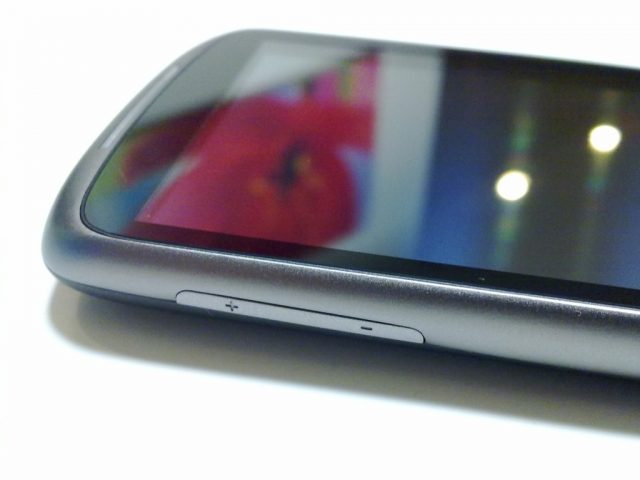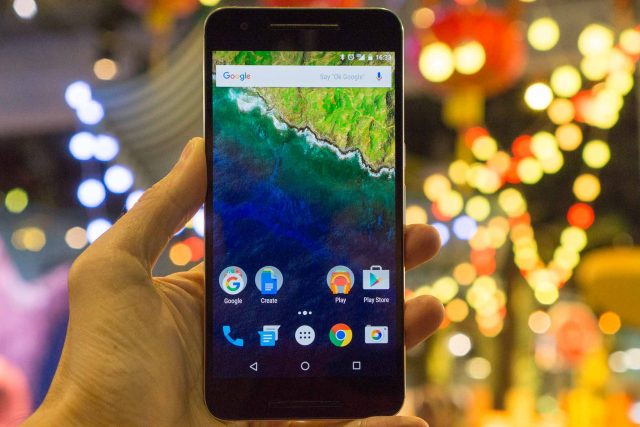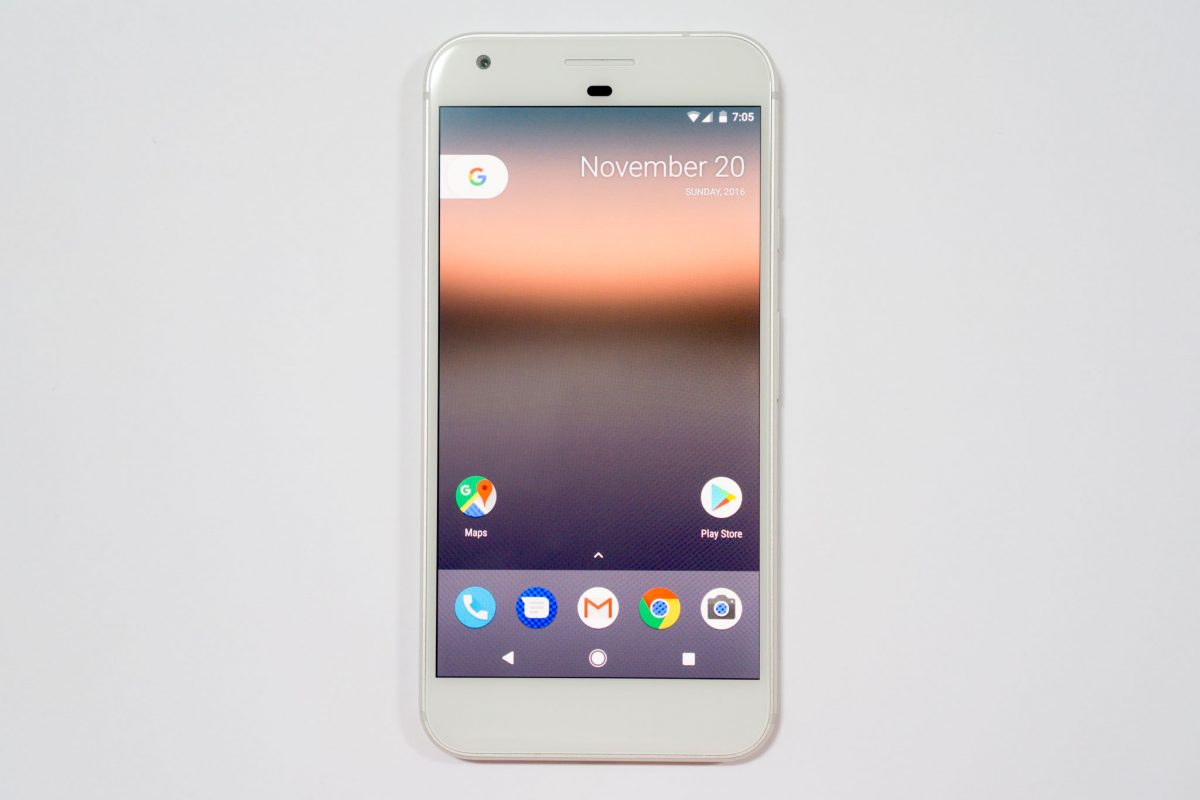Google launched their second generation Pixel smartphones this month. It was something I had looked forward to, but at the same time, I must admit I’m getting a little confused about where Google is taking Android to.
My journey with Android officially begun with Google’s first smartphone, the Nexus One. Sure, it was made by HTC, but the Nexus One is Google branded, and Google sold it directly. I still wasn’t very sure about Android at that time. But the Nexus One eventually had me convinced. Yes, me, despite being a long-time Mac user, wasn’t going to follow Apple down their iOS road.

I thought, at some point, that it would be so cool to see Android flourish on smartphones like how you see Microsoft’s Windows operating system on most PCs. Yup, me, despite being a long-time Mac user.
One answer to the problem of Android device fragmentation was for smartphones to simply become so commoditised that they were just like PCs. Just like how Windows, basically, will run on pretty much any PC, why shouldn’t Android someday be also be a mobile operating system that runs on any smartphone?
Smartphones, as many have said before me, are simply very compact, mobile, personal computers. PCs are so commoditised that you hardly worry about the kind or flavour of Windows that would be on it. You go out to buy a PC based on the hardware specifications, the design too, perhaps, and of course also considering the budget. You don’t worry about the ASUS PC having an ASUS skinned Windows, or the Acer PC having an Acer variant of Windows. Sure, of course, HP, Dell, Lenovo, and every manufacturer will load some bloatware into their computers, maybe occasionally include malware too. But they are all basically still Windows.
Why can’t we do the same with smartphones? The smartphone is just a computer. I think we will get there eventually. I know, there are a bunch of other processors manufacturers for smartphones, but they’re all basically ARM-based. Intel has quit. So you see mobile processors have, to some extent, converged. I know there are so many other complicated components that go into a smartphone, like the cellular and radio chips, etc, but you know, these could all be standardised over some abstraction layer, like EFI for example.
Commoditised smartphones are possible, although we’re not there yet. Not even close. You see, smartphone manufacturers don’t like that idea because, well, they need to differentiate themselves from other brands. They could do with better hardware and cheaper price, but then their margins would be small, like what has become of PCs. They need their premium smartphones to sell at premium prices, and they need a broad strategy. Some manufacturers try to create their own app market, others try to duplicate Google’s software.
Hence, Android is a fragmented mess.
Google’s Nexus programme was designed what Android should be. Users like myself are really happy with the pure Android experience. Price, of course, is a good selling point too. The Nexus devices were, at one point, very reasonably priced. The Nexus 6P, before Google phased out the Nexus programme, was surprisingly expensive.

The era of Pixel smartphones arrived after that. They were, too, also priced at a premium. Sure, fine, Google wants to showcase Android through a premium flagship device. Perhaps they think they’ve graduated. No more cheap toys. You know, I thought, and I did say earlier, Android should go be like Windows. Okay, so perhaps Google decided to follow Microsoft’s footsteps, because that’s what Microsoft did. It was a little surprising at first. Microsoft sold Surface tablets initially. Then they sold Surface Books, which are notebooks. Then they sold Surface Studios, all-in-one desktop PCs. All rather premium-priced, competing against other PC and tablet manufacturers who put Windows on their devices. Let’s skip what Microsoft did with Nokia’s Lumia smartphones. Is this what Google is thinking, that they could come in at the super-premium end to showcase the finest Android device?

The Pixel, the first generation one, is cool. It’s not near perfect, but I’ll agree it’s really good. The second generation Pixels are really cool, even better, of course, then the earlier ones. However, early adopters seem to be reporting a wide variety of problems, from lousy colour, screen burn-in, clicking sounds and high-frequency whining. It’s a good thing that Google has a proper response to at least some of those complaints now. It’s not these problems I want to talk about. It’s about the Pixel Visual Core.
The Pixel Visual Core is a really cool, surprise, bonus in the second generation Pixels. This is good, right? Well, yes, if you’re a Pixel 2 or Pixel 2 XL owner. But what if you’re not? The new Pixels have a secret ingredient that no other smartphone has. Is Google sending the message that the Pixels are the best devices for experiencing Android? I know, of course it is, but to-date, Nexus and Pixel devices are simply better Android experiences, not the sole key to some exclusive Android feature. A new revelation that Intel was involved in the Pixel Visual Core is rather intriguing too, seeing how the smartphone industry has settled comfortably on ARM-based processors, this is like Intel sneaking in through the back-door.
Microsoft Surface devices were cool. But they were simply better devices than others. It wasn’t as if Windows had some secret feature that works only with Surface devices.
You could argue that the Pixel Visual Core is something that simply lets the new Pixels take better photos. It would be far too crossing-the-line if Google’s secret feature was some new capability that just wasn’t available in any other device, like say Android Pay with NFC when no other device could do NFC payments. That’s not what Google did here. However, I do wonder if this is something they’ve considered to differentiate their Pixel devices.
It’s fine with me if Google wants to make the best Android devices on their own. I shouldn’t have to care. The trouble is about where the other Android manufacturers will stand. They, too, need to sell their smartphones. It’s no wonder that Samsung had toyed with their own OS, and now has their own Google Assistant in the form of Bixby.
In the meanwhile, Google makes it extremely difficult for users in most parts of the world to buy their smartphones. If you want the best Android experience, and if you want to make sure your device always receives the most timely security updates, you know you need a Google branded device. Unfortunately, if the devices aren’t sold in your country, you’re stuck. It’s not helping that the 2nd generation Pixels are spattered with a variety of problems, and although these may be merely initial production teething problems, they’re bad enough that some publications have withdrawn their recommendations on the new devices.
I really do wish that smartphones were just PCs into which I can install the same standard Android everyone else uses. But that’s not happening any time soon. Then as if Android device fragmentation isn’t bad enough, made-by-Google devices are now adding another dimension to the confusion.
The iPhone X pre-order starts today. Good for iPhone fans, the only problem they have to grapple with is the price of the new device.
View Comment Policy